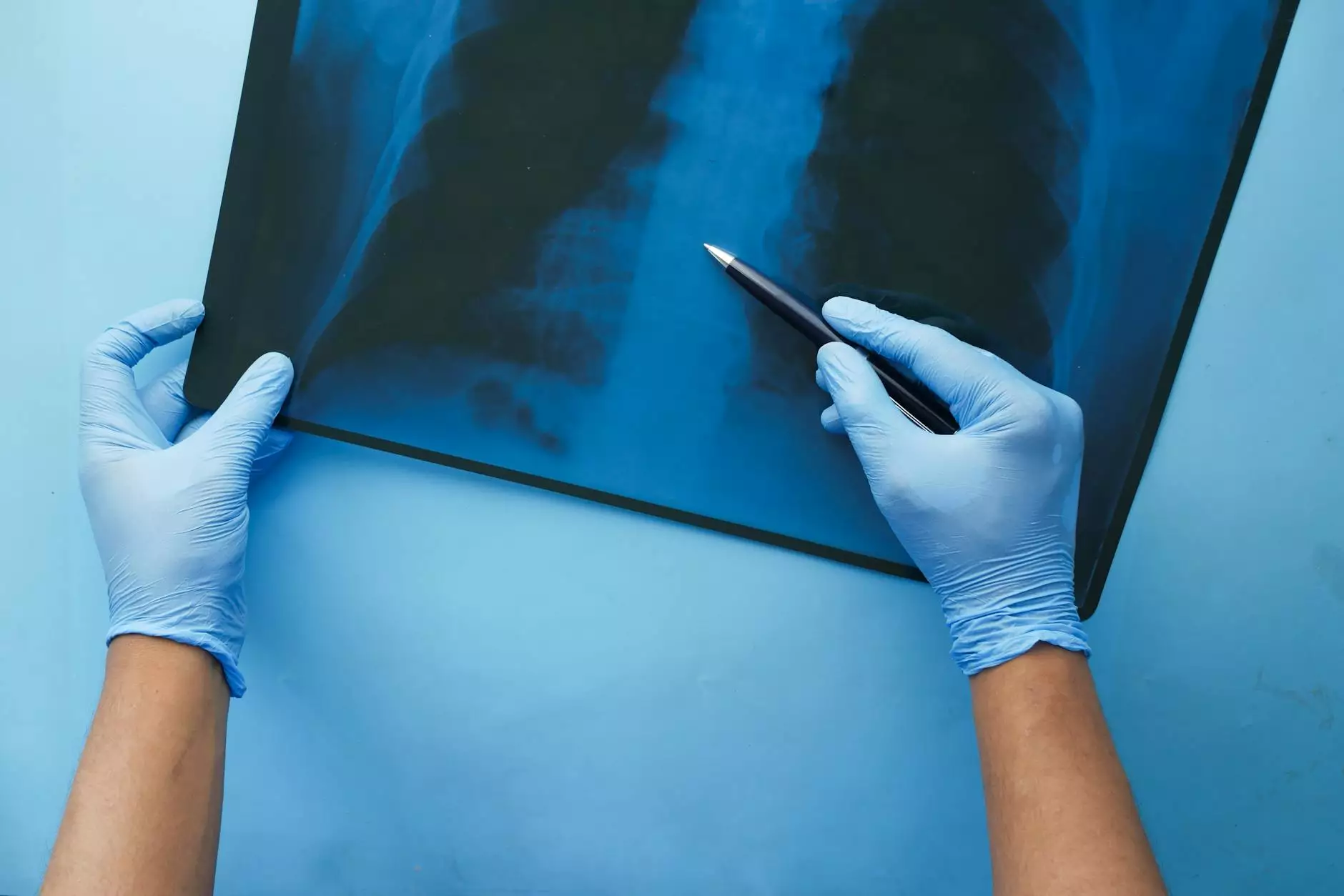How to Remedy Thoracolumbar Fascia Back & Spine Pain
Blog
Introduction
Welcome to Regency Square Care Center's comprehensive guide on remedying thoracolumbar fascia pain in your back and spine. Our expert team in geriatric and aging care is dedicated to helping individuals find relief from this debilitating condition. In this article, we will explore the causes, symptoms, and effective remedies that can alleviate thoracolumbar fascia pain, allowing you to regain control over your daily life.
Understanding Thoracolumbar Fascia Pain
Thoracolumbar fascia pain refers to discomfort or inflammation experienced in the thoracolumbar fascia, a connective tissue present in the lower back and spine area. This condition can cause a range of symptoms, including localized pain, stiffness, restricted mobility, and even radiating pain to the buttocks or legs.
Causes of Thoracolumbar Fascia Pain
Thoracolumbar fascia pain can be attributed to various factors, including:
- Postural imbalances
- Repetitive movements or strenuous activities
- Injury or trauma to the back or spine
- Obesity or excessive weight
- Arthritis or other degenerative conditions
- Muscle imbalances or weakness
- Structural abnormalities
Symptoms of Thoracolumbar Fascia Pain
The symptoms associated with thoracolumbar fascia pain may vary from person to person, but commonly include:
- Dull or sharp pain in the lower back
- Pain that worsens with movement or certain activities
- Inflammation and swelling in the affected area
- Restricted range of motion
- Numbness or tingling sensation
- Difficulty standing or sitting for prolonged periods
Remedies for Thoracolumbar Fascia Pain
1. Gentle Stretches and Exercises
Engaging in regular stretching and strengthening exercises can help alleviate thoracolumbar fascia pain by improving flexibility, reducing muscle imbalances, and promoting better spinal alignment. Consult with a qualified physical therapist or geriatric care specialist to develop a personalized exercise routine tailored to your specific needs.
2. Hot and Cold Therapy
Applying heat or cold to the affected area can provide temporary relief from pain and inflammation. You can use a heating pad, warm towel, or ice pack to soothe the discomfort. Be sure to follow proper safety guidelines when using hot or cold therapy.
3. Medication
In some cases, over-the-counter pain relievers or prescribed medications may be recommended to manage severe thoracolumbar fascia pain. It is crucial to consult with a healthcare professional before starting any medication regimen to ensure it is safe and suitable for your condition.
4. Physical Therapy
Physical therapy sessions with a qualified specialist can effectively target and address the underlying causes of thoracolumbar fascia pain. By focusing on strengthening weak muscles, improving posture, and teaching proper body mechanics, physical therapy can provide long-term relief and prevent future pain episodes.
5. Massage Therapy
Massage therapy can help reduce muscle tension, improve circulation, and alleviate thoracolumbar fascia pain. A certified massage therapist with experience in geriatric and aging care can employ various techniques to target the affected area and promote overall relaxation.
6. Lifestyle Modifications
Adopting healthy lifestyle habits can significantly contribute to managing thoracolumbar fascia pain. Maintain a balanced diet, engage in regular physical activity within your limits, practice proper body mechanics, and prioritize self-care to optimize your overall well-being and reduce the likelihood of pain flare-ups.
Conclusion
We understand the impact that thoracolumbar fascia pain can have on your daily life. At Regency Square Care Center, we specialize in providing top-quality geriatric and aging care to individuals seeking relief from this condition. Our dedicated team of professionals is committed to helping you find effective remedies and improve your overall well-being. Contact us today to schedule a consultation and take the first step towards a pain-free life.



